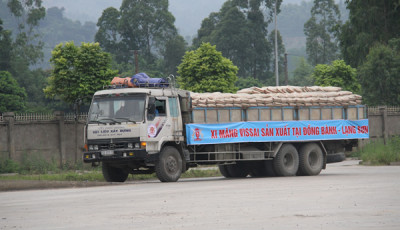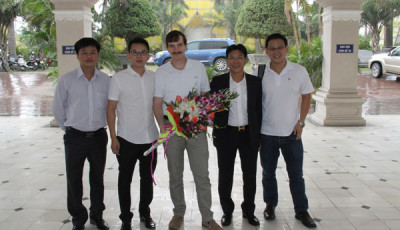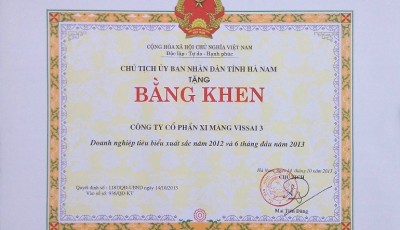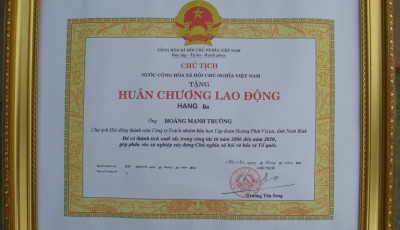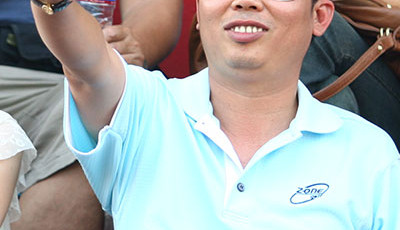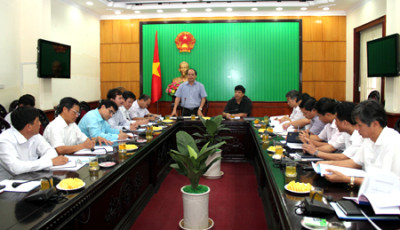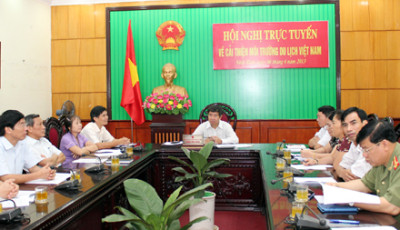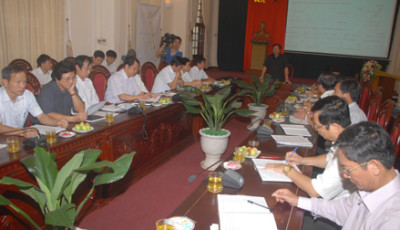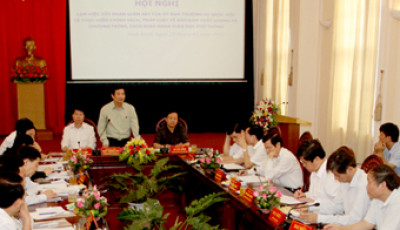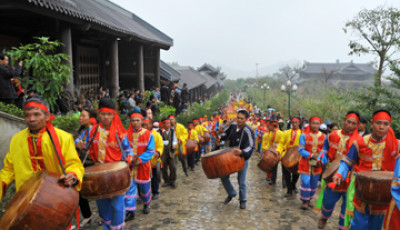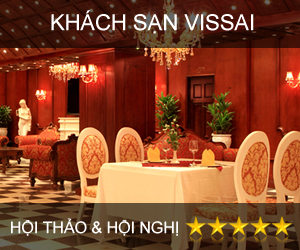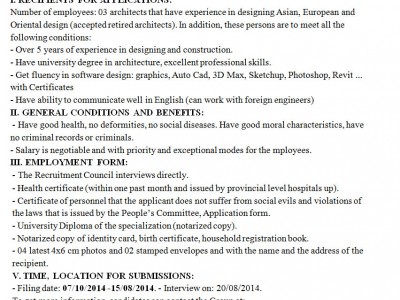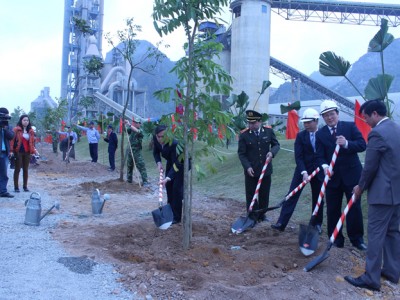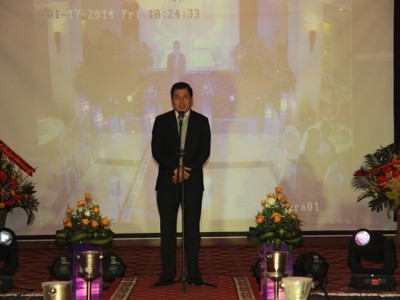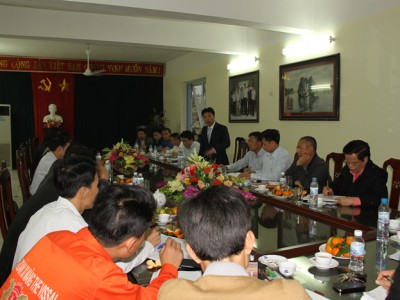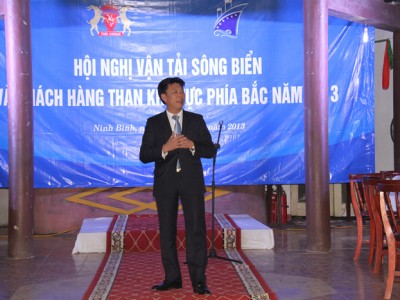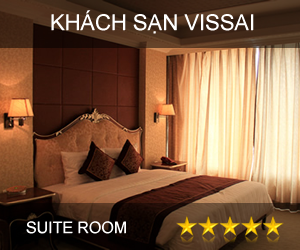Finding a place to construct temple of King Ly Thai To
In the context of the approaching 1000th anniversary of Thang Long-Hanoi, the idea of building temple of King Ly Thai To has been put out and planned by the Hanoi People’s Committee and invested by the Department of Culture, Sports and Tourism. There have been many opinions discussing this issue, but up to now, scientists and managers have not found a suitable location
King Ly Thai To with Hoa Lu and Thang Long.
On the origin of King Ly Thai To, “The emperor has his surname as Ly, courtesy name as Cong Uan. He was a native of Co Phap mountain district, Bac Giang (now belongs to Dinh Bang village and commune, Tu Son, Bac Ninh). His mother’s surname was Pham. She gave birth to our king on the twelfth day of the second month in Giap Tuat lunar year (974), the fifth Thai Binh of the Dinh dynasty. When growing up, he was a mandarin in the former Le dynasty, then promoted to the position of “Dien Tien commander”. He was a man with benevolent tolerance, gentleness and the essence of an emperor.”, stated the Complete history of Great Viet.
According to the Preliminary Record of the History of Great Viet by Ngo Thi Si, the king was an exceptional handsome and smart boy. At the age of seven, Buddhist Priest Ly Khanh Van of Co Phap pagoda sent his younger brother, Buddhist Priest Ly Van Hanh of Luc To pagoda for education. Growing up with the protection of Buddhist Priest Van Hanh, who had the prestige with the former Le dynasty and respected by King Le Dai Hanh, Ly Cong Uan entered Hoa Lu then promoted to the position of “Ta than ve Dien Tien commander”.
In 1010, after the death of King Le Long Dinh, Dao Cam Moc forces and Buddhist Priest Ly Van Hanh elevated him to be the King. When he passed away, his temple was named as Ly Thai To. According to the history, Hoa Lu was the place of majestic mountains. We can see mountains in the river and river in the mountain. It was a very convenient waterway base with the forest behind, plain upfront and sea far away. This was an ideal place to be the capital with magnificent mountains and rivers and harmony feng shui. It was also the reason why King Dinh Tien Hoang had selected this place for the capital of King dynasty and then former Le dynasty. When King Ly ascended to the throne, he saw Hoa Lu having completed its historic mission.
Considering the rugged, narrow and mountainous terrain which was only suitable to the war, not the peace time and the hubs of commerce expansion, he started to think of moving the capital. On the occasion of crossing La Thanh, he saw the omen of flying dragon. Back to Hoa Lu, he drafted the Capital Moving Proclamation which was promulgated in Spring 1010 to move the capital of Dai Co Viet from Hoa Lu to Dai La, which was then renamed as Thang Long. He selected Dai La for a better future. Moreover, Dai La was the former capital of Cao Vuong. It was located in the region between heaven and earth, in the middle of the four direction South North East West, with the “Crouching Tiger, hidden Dragon” position surrounded by mountains and rivers. This area was wide but flat, high but bright with good population and prosperity. Across Vietnam, this was the land of scenic beauty gathering all directions and deserving to be an eternal capital.
Selecting a suitable place to build temple
Thus, in terms of history, both Thang Long and Hoa Lu deserve to be honored and selected to build the temple of King Ly Thai To. However, there are many aspects to consider to build temple in which cultural factors should be the top priority.
When being asked whether or not to build temple of King Ly in Hanoi, Historian – Professor Le Van Lan said: “It is inadvisable due to the incompatibility between the current developments of the capital with the construction of the temple. The culture of the temple belongs to the past, denoting the religion towards the national heroes while the modern culture is appropriate for the construction of the monuments, writing books, seminars, etc. in order to inherit the ancient heritages. On the other hand, Hanoi will owe many other predecessors if we only construct the temple of King Ly Thai To who had the merit to give birth to the Thang Long culture. However, the construction of the ancient Thang Long needs the help of many other kings from Ly, Tran, Hau Le dynasties. Therefore, it is not appropriate to put the temple here no matter how expansive Hanoi is. In addition, I’m against the opinion to build the temple right behind Ly Thai To monument in Chi Linh garden because the temple needs enough airy space and sanctuary. Moreover, we can’t let King Ly turn his back to where people worship him”. According to the Professor, the Hoa Lu ancient capital relics area was a satisfactory place to honor, construct and operate the temple as it was the place of the three dynasties: Dinh, Former Le and Ly. There are still the ancient vestige and landscape. On the ground of the ancient capital, two temples worshiping King Dinh and King Le were constructed from the 17th century together with the area of the river wharf and Sao Khe river, a branch of Hoang Long river where King Ly Thai To and his entourage traveled by boat to the new capital Thang Long. Hence, the Hoa Lu ancient capital meets all the conditions of nature, history, geography and human to be ready for the operation of the new temple.
Historian – Professor Phan Huy Le made his point: “I know Hanoi has proposed and determined to build the temple of King Ly Thai To in the capital. I do not disagree but we have to find a proper place which is in my opinion difficult to select. There is no reason to build the temple far from the center as well as in Chi Linh garden. Thang Long Imperial Citadel area is further inappropriate place because we are completing the registration dossiers for the Imperial Citadel of Thang Long to be come the world cultural heritage. UNESCO has sent experts to help us compile dossiers. In order to win the title of world’s cultural heritage, the current material vestiges must be convincing enough on the integrity and original of the monument as well as the documented experience, also ensure the two factors as outstanding global value and effective management measures. Therefore, we cannot remove ourselves from the list of world cultural relics that are under consideration.
Also according to the Professor, he immediately supported the ideas of building the temple in the Hoa Lu ancient capital after a visit to this place last year. He considered it a compelling idea because Hoa Lu not only ensures the historical factor as the place where Ly Cong Uan became the King and established the Ly dynastic as well as the place of the introduction and enforcement of a forever historic decision of Capital Moving Proclamation, but also gathers all the natural and cultural factors for constructing the temple.
A need for the cooperation
Hence, the question is whether or not it is necessary to have the collaboration of the two localities Hanoi and Ninh Binh to construct a worthy temple of the 1000th anniversary of Thang Long – Hanoi in Hoa Lu. Such collaboration has been created since 2000 when the two localities cooperated to construct the memorial building of Ly Thai To in the River Wharf area on the occasion of the 990th anniversary of Thang Long – Hanoi. There has been the plan for the agenda of welcoming the anniversary but improper location, scale and architecture of the temple of King Le Thai To while the Hoa Lu ancient capital are ready for all such factors.
On location: In the inner citadel of the Hoa Lu ancient capital, when standing at the position of King Le temple, directing to Ma Yen Son and Sao Khe river, King Dinh temple is on the right and an unexploited wide land on the left beside Sao Khe river. Assuming that this place is selected to build the King Ly Temple, there is a logical order of reigns in the history of Hoa Lu capital as Dinh, Le and Ly dynasty.
On scale: The King Dinh temple is located in an area of 5 hectares, about 500 meters from which there is the King Le temple with a smaller scale. Hence, it can be the base to define the scale of King Ly temple.
On architecture: both temples of King Dinh and King Le are majestic, simulating the Hoa Lu ancient capital with the architecture of “inner force overseas”, an architecture of the tradition pagoda in Viet Nam. This is the style of the pagoda with two long hallways connecting the forecourt with the back court (probably the sangha house) to form a rectangular frame around the Thieu Huong house, the upper house or other architectural works in the middle. The pagoda layout has the shape of letter “public” from the inside while the outer frame forms the word “nation”. Moreover, in terms of spirituality, Ly Thai To was born in the temple and then adopted by the temple. Hence, his temple should be constructed in consistent with the traditional style which is suitable with the King’s high esteem in Buddhism.
These are the bases for reference in order to create an unified and ethical relics complex. According to the scientists, the Hoa Lu ancient capital relics complex is lacking the temple of King Ly, which is a cognitive historical deficiency that our generation has the task of reviewing and supplementing on the basis of scientific valuation. The people in Hoa Lu (Ninh Binh) can be proud to be a part of the land of the three dynasties Dinh. Le and Ly. And perhaps, the 1000th anniversary of Hoa Lu – Thang Long – Hanoi is the most appropriate occasion to do that.
The combination of the two localities might contribute to the realization of a number of programs and plans to welcome the celebration which is still on the desk, creating a triangle of tourist sites in the future: Temple of Ly bat de (Bac Ninh) – Citadel relics and Ly Thai To Monument (Hanoi) – Hoa Lu ancient capital (Ninh Binh), which attracts international tourists to Vietnam.
(Source: World Heritage)




